This week’s Torah reading, Devarim, is always read on the Shabbat immediately preceding the observance of Tisha B’av, which begins as Shabbat ends on July 22nd. On this day we mourn the destruction of both of our holy temples and other calamities that have befallen the Jewish people throughout history. Reading this–or being in shul–here in the US in 2018, of even if we were in the rebuilt, city of Jerusalem, it’s hard to imagine what life must have been like back in 586 BCE and 70 CE, two dates that live in infamy. Not only were our holy places of worship destroyed, a good portion of the Jewish communities in the Land of Israel were decimated; the people were sent into exile our connection to the land was severed.
It does seem somewhat ironic that the right before the fast day in observance of two exiles from the Land of Israel, we read about the preparations for entering that land, but in today’s world, when Jerusalem and the State of Israel are thriving, continuing to mourn also seems paradoxical. Personally, I have no desire to return to animal sacrifices–although Rav Kook, who was the Chief Rabbi of Palestine in the early part of the last century, envisioned a rebuilt temple where only the grain offerings would be presented. That’s a discussion for another time.
It’s not easy to justify a fast second in importance only to Yom Kippur, and whether or not to even continue observing this fast isn’t a new discussion. In fact, within a few generations of the destruction of the First Temple at the hands of the Babylonians, the prophet Zechariah was asked whether Jews should continue to observe Tisha B’Av and other fast days that involve mourning its destruction. By this time, the second Temple had been built, and the need to fast and practice other means of abstinence were being called into question.
Zechariah replied, “Thus said the Lord of Hosts: There shall yet be old men and women in the squares of Jerusalem, each with staff in hand because of their great age. And the squares of the city shall be crowded with boys and girls playing in the squares.” In other words, one day, the mourning and self affliction (fasting, not wearing leather shoes and refraining from certain other pleasurable activities) of Tisha B’Av will be turned into a day of celebration.
Tisha B’Av not only survived the early challenge to its permanent observance, but over time was strengthened as the focal point for commemorating many tragic events in Jewish history.
In our time, none other than Rabbi Irving “Yitz” Greenberg has wrestled with this question in his book, The Jewish Way: Living the Holidays: “What happens to Tisha B’Av in an age of fundamental reorientation, when the tide of Jewish history turns from exile to rootedness, from sorrow to increased rejoicing? Is there still meaning to days of remembered grief and defeat?”
I’ll leave that for you to consider and perhaps answer, and if Tisha B’Av isn’t part of your observance, I encourage you to think about how this day might be made meaningful. I wish you a Shabbat Shalom, and a tzom kal, an easy fast.


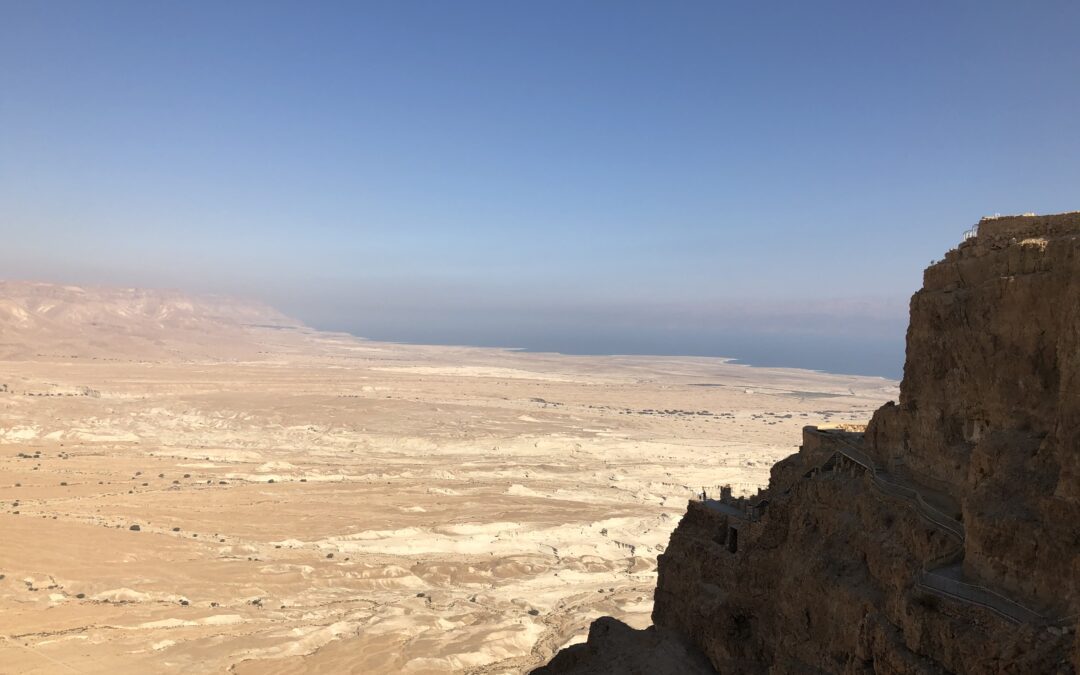
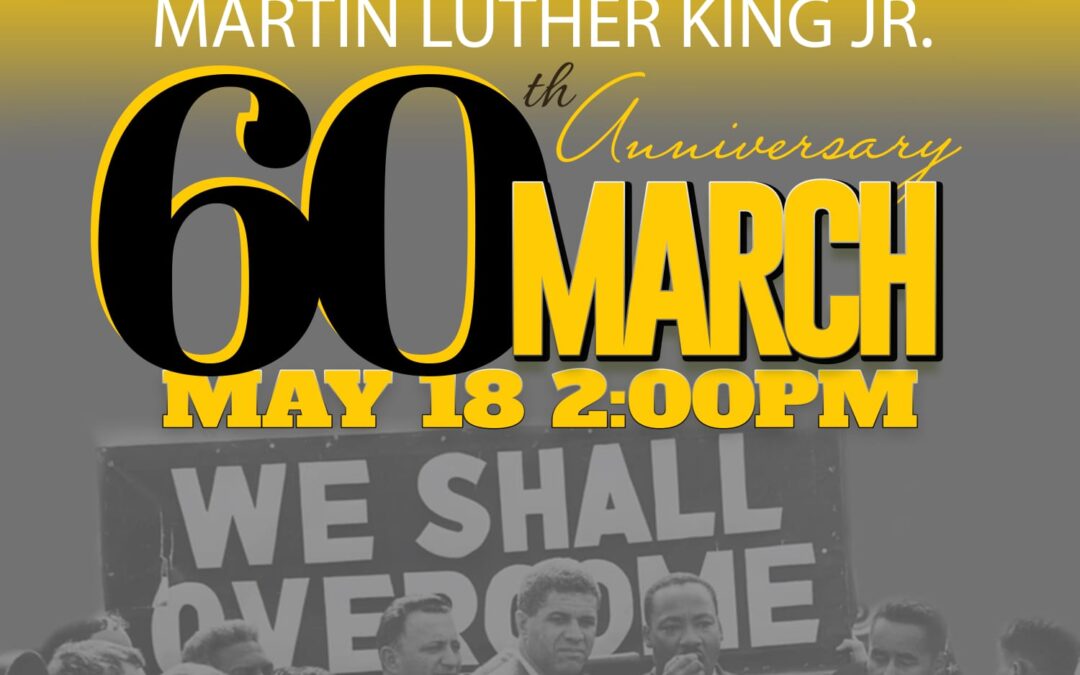
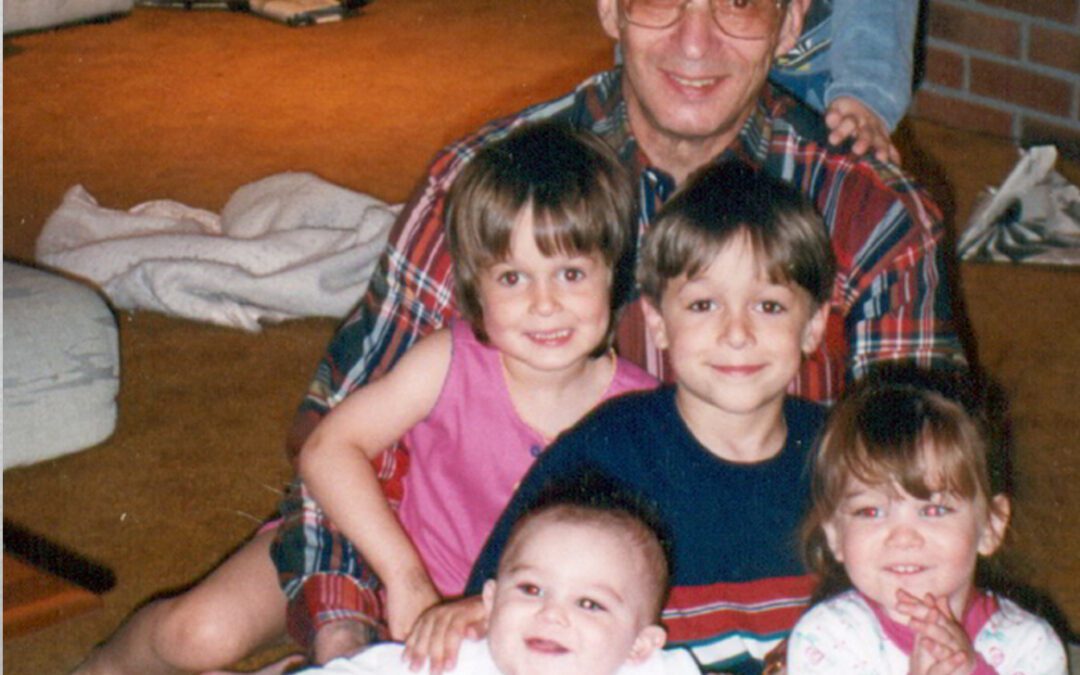

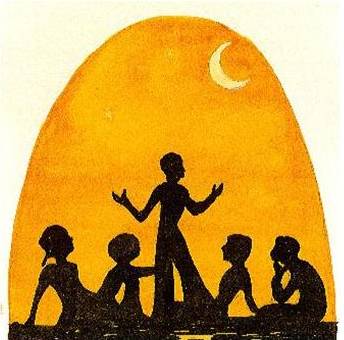
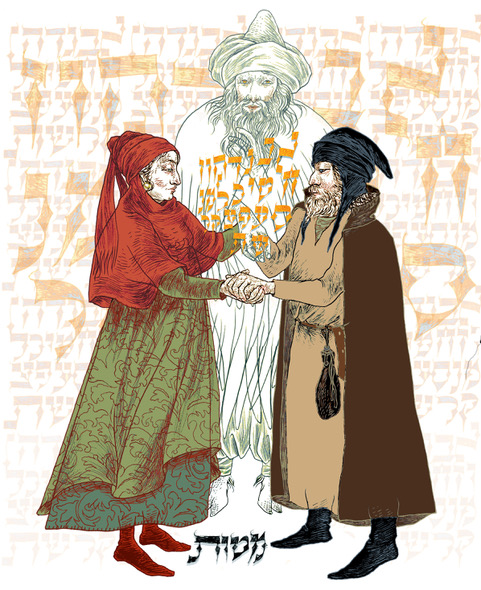
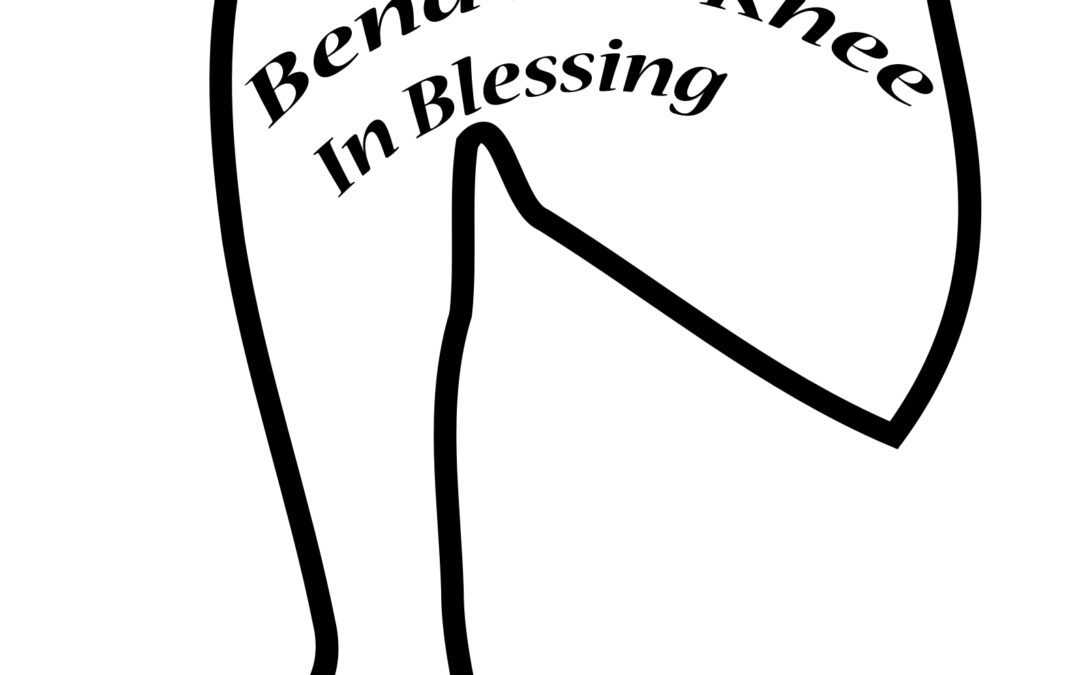

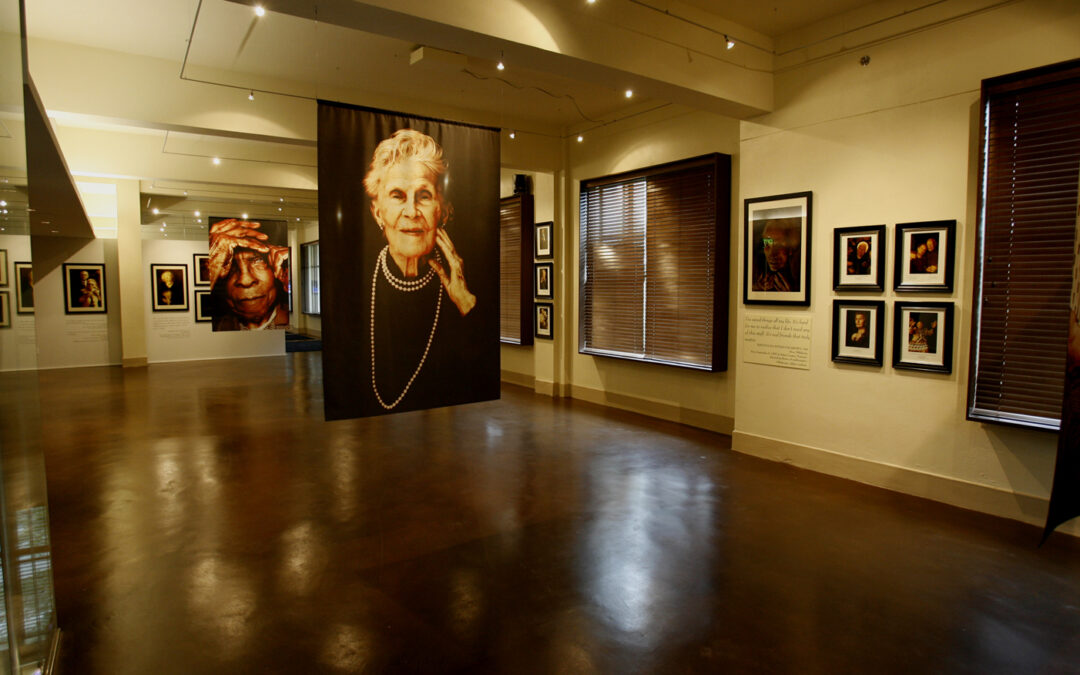
0 Comments